As a shoe enthusiast, you may have found yourself puzzled by the uneven wear on your favorite pair of shoes. Noticing that the outer edges of your footwear have worn down significantly while the rest of the shoe looks almost new can be frustrating. This article will explore the common reasons shoes wear on the outside, share real-world experiences, provide helpful tips for shoe care, and delve into industry case studies that highlight the importance of understanding your footwear habits.
The Science Behind Shoe Wear Patterns
Understanding Shoe Wear Patterns
Shoe wear patterns can often reveal a lot about your foot mechanics, gait, and even posture. The wear on your shoes can tell you whether you’re overpronating, supinating, or simply walking in an unbalanced way. Each of these conditions can lead to different wear patterns on footwear. Let’s break down the science:
- Overpronation: This occurs when your foot rolls inward excessively while walking. This condition generally leads to more wear on the inner side of shoes.
- Supination (Underpronation): If you have high arches, your foot may roll outward, leading to excessive wear on the outside edges of your shoes.
- Neutral Alignment: Ideally, your foot should strike evenly across the heel and then roll slightly inward to absorb shock, which leads to even wear across the shoe.

Real-World Experiences: Case Studies
To provide a practical understanding, let’s examine a few case studies from everyday shoe users across the United States:
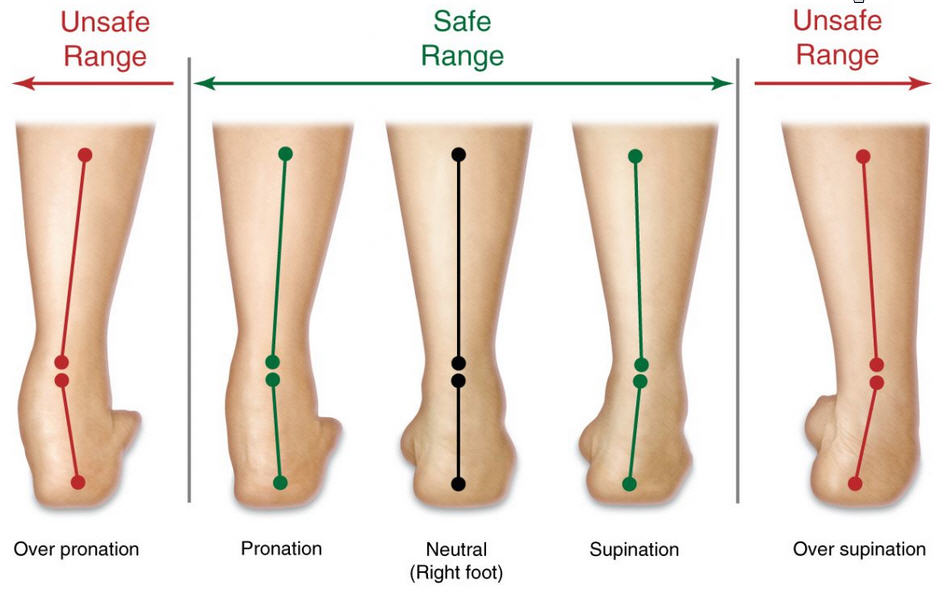
Case Study 1: Jessica’s Running Shoes
Jessica, a 28-year-old avid runner from Colorado, noticed that her running shoes wore down on the outside after just a few months of use. After visiting a specialist, she learned she had high arches and was supinating during her runs. By switching to footwear designed for supinators, she extended her shoe’s lifespan significantly and reduced discomfort.
Case Study 2: Mark’s Work Boots
Mark, a construction worker from Texas, faced similar issues. His steel-toed work boots were wearing unevenly. After consulting with a footwear expert, he discovered he was unconsciously walking with a pronounced outward foot strike. By modifying his walking technique and investing in custom orthotics, his boots lasted twice as long.
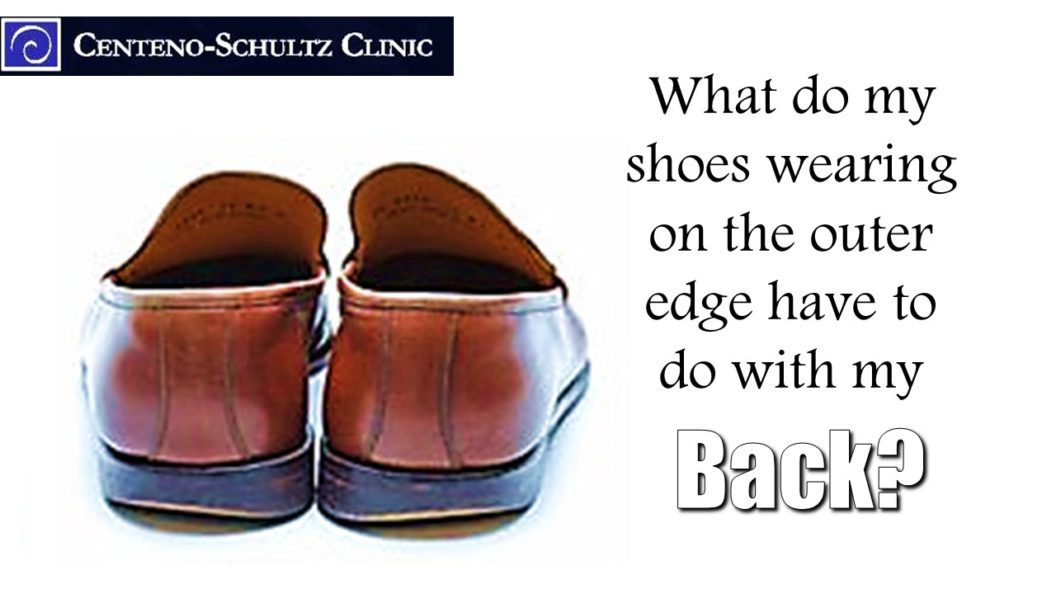
Common Causes of Outside Shoe Wear
1. Gait and Walking Style
Your gait – how your foot strikes the ground – is one of the most significant factors influencing shoe wear. A pronounced heel-strike or toe-strike can lead to uneven wear patterns.

2. Shoe Type and Design
Different shoe styles are equipped with varying tread patterns and materials that can affect wear. For instance, running shoes often have softer rubber soles that can wear down faster than the more durable outsoles of hiking boots. If you frequently wear shoes with softer rubber on the outside, you may notice quicker wear.
3. Terrain and Environment
Where you walk or run significantly impacts the wear of your shoes. Surfaces like asphalt, gravel, or trails may accelerate wear on shoe edges differently. For example, running on a gravel path can be harsher on shoes than running on a treadmill.
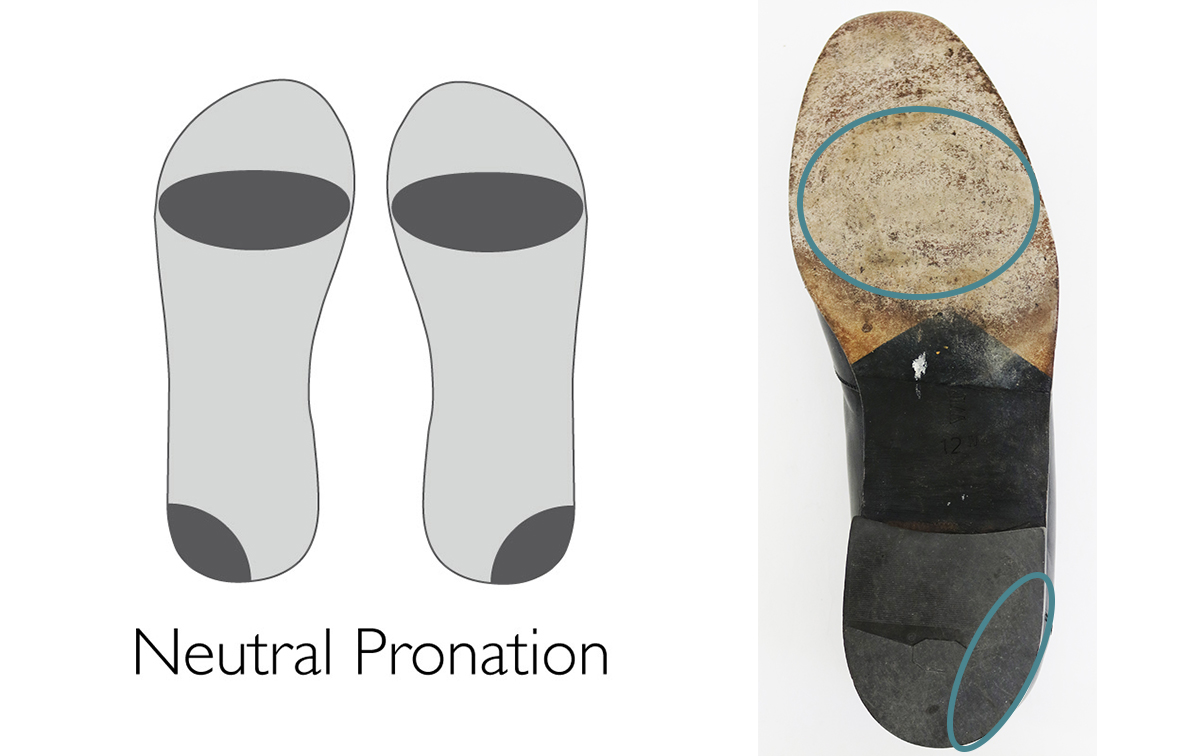
4. Shoe Maintenance
Proper shoe maintenance can dramatically affect wear. Regular cleaning and conditioning can prevent materials from breaking down prematurely. Additionally, rotating between multiple pairs of shoes can allow each pair time to decompress and maintain its shape.
Tips for Prolonging Shoe Life
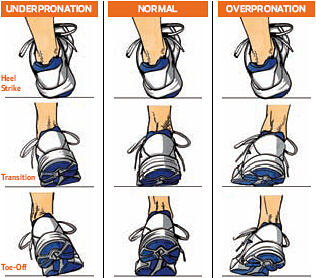
1. Choose the Right Shoe for Your Feet
Understanding your foot type and gait can help you select the right shoes. Many specialty stores offer gait analysis services to help you choose wisely.
2. Invest in Quality Footwear
Quality shoes may come with a higher price tag, but they often last longer. Brands like Brooks, ASICS, and New Balance invest in research to develop footwear that caters to various foot types.
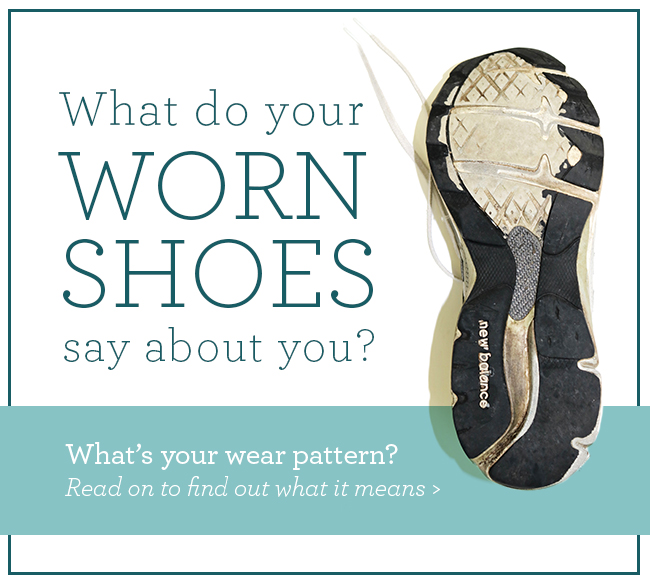
3. Rotate Your Shoes
Having multiple pairs for different activities allows each pair to rest. This can help reduce wear and tear.
4. Maintain Proper Cleaning
Cleaning your shoes regularly can prevent dirt and sweat from degrading the materials. Use gentle soap and water and let them air dry away from direct heat.
Comparing Popular Shoe Brands and Their Wear Characteristics
| Brand | Type | Durability | Price Range | Best For |
|---|---|---|---|---|
| Brooks | Running | High | $100 – $160 | Neutral runners, overpronators |
| ASICS | Running | High | $90 – $150 | Supinators, neutral runners |
| Nike | Casual, Running | Medium | $90 – $200 | Fashion and performance |
| New Balance | Walking, Running | High | $80 – $180 | Wide feet, comfort seekers |
| Merrell | Hiking | Very High | $100 – $200 | Trail running, hiking |
Pros and Cons of Different Shoe Types
Running Shoes
- Pros: Lightweight, designed for shock absorption.
- Cons: May wear out more quickly if not suited for your foot type.
Hiking Boots
- Pros: Durable, provide ankle support.
- Cons: Heavier, may not be comfortable for everyday wear.
Casual Sneakers
- Pros: Stylish, versatile.
- Cons: May not provide enough support for extended walking.
Frequently Asked Questions (FAQs)
1. Why do my shoes wear out so quickly?
Shoe wear can be influenced by several factors, including your walking style, the type of shoe, and the surfaces you walk on. High-impact activities can also accelerate wear.
2. Can shoe inserts help reduce outside wear?
Yes, custom orthotics or insoles can provide better support and alignment, potentially prolonging the life of your shoes.
3. What are the signs that I need new shoes?
Look for uneven wear patterns, visible damage, or reduced cushioning. If the shoes feel uncomfortable or have lost their support, it may be time for a new pair.
4. How often should I replace my shoes?
On average, running shoes should be replaced every 300-500 miles, while casual shoes might last longer depending on wear frequency.
5. Are there specific shoe brands known for durability?
Brands like Brooks, Merrell, and New Balance are often praised for their durability, especially in running and hiking categories.
6. Can shoe maintenance extend their life?
Absolutely! Regular cleaning and proper storage can help maintain the integrity of the materials and overall shape, prolonging wearability.
7. What should I do if my shoes are wearing unevenly?
If you notice uneven wear, consider consulting a professional for gait analysis and possibly investing in orthotics to correct foot positioning.
8. How can I find the right size and fit for my shoes?
It’s essential to have your feet measured properly in-store. Try on shoes later in the day when your feet are slightly swollen for the best fit.
9. Does running style affect shoe longevity?
Yes, your running or walking style can significantly impact how quickly shoes wear out. Understanding your gait can help you choose the right shoes.
10. Should I break in new shoes?
Yes, gradual breaking in can help avoid discomfort, but if shoes cause pain, they may not be the right fit for you.
11. Are there eco-friendly options available that last longer?
Yes, brands like Veja and Allbird focus on sustainability and make shoes using environmentally friendly materials while ensuring durability.
For additional insight on footwear and maintenance, we recommend checking out the Well+Good.